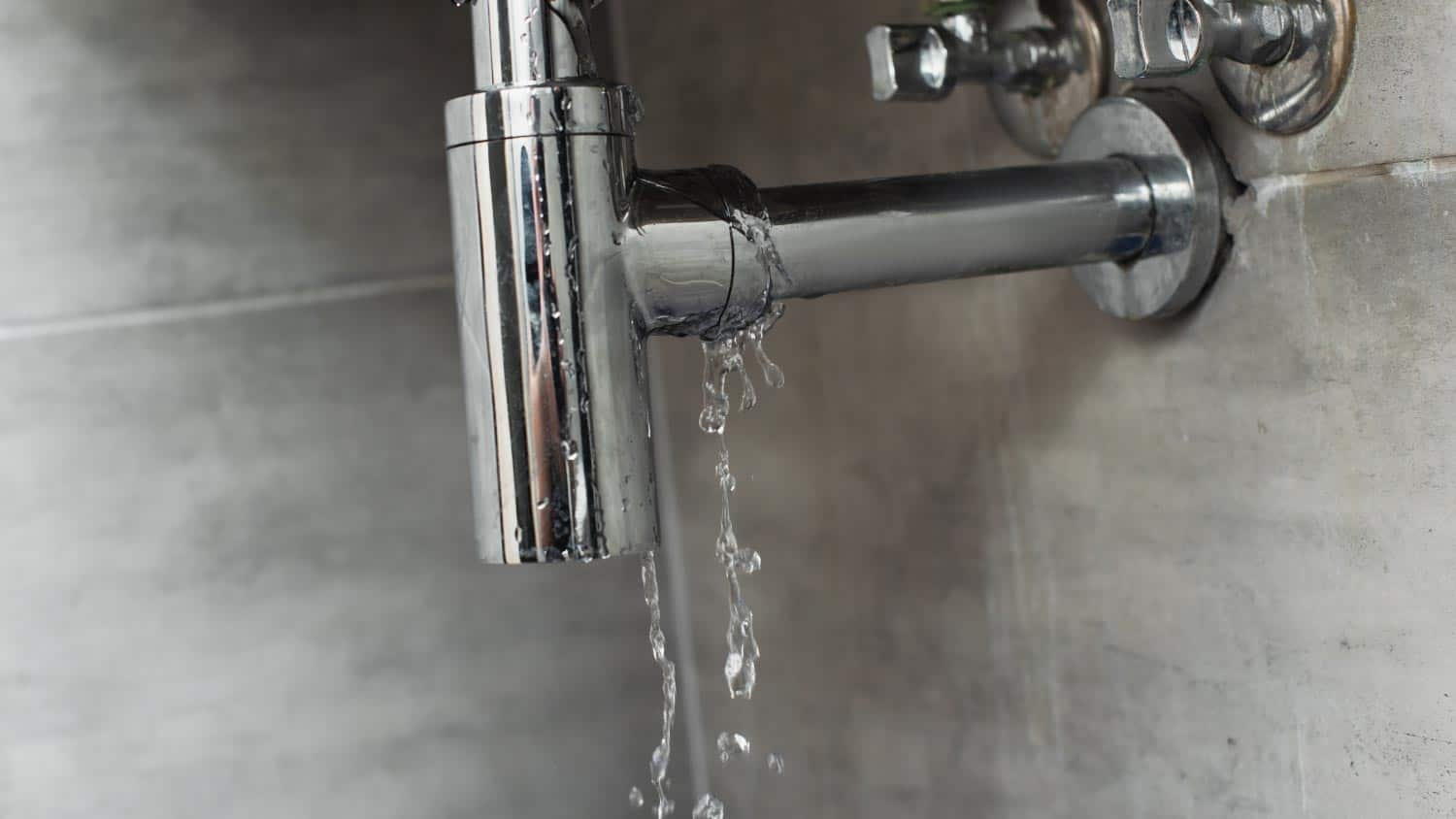Unmask Hidden Water Line Leaks: 6 Smart Detection Strategies
Unmask Hidden Water Line Leaks: 6 Smart Detection Strategies
Blog Article
The article author is making a few great points on Hacks to detect leaks in general in the article directly below.

Early detection of dripping water lines can minimize a possible catastrophe. Some little water leakages might not be visible.
1. Check Out the Water Meter
Every residence has a water meter. Examining it is a surefire manner in which helps you uncover leakages. For starters, switch off all the water sources. Make sure no one will certainly flush, make use of the tap, shower, run the washing maker or dish washer. From there, go to the meter and watch if it will transform. Given that no person is utilizing it, there must be no movements. That suggests a fast-moving leakage if it relocates. Furthermore, if you detect no changes, wait an hour or more and also check back again. This indicates you might have a slow-moving leakage that might also be below ground.
2. Check Water Usage
Evaluate your water bills and track your water consumption. As the one paying it, you need to see if there are any kind of disparities. If you identify sudden changes, regardless of your usage being the same, it means that you have leakages in your plumbing system. Bear in mind, your water costs should fall under the exact same array monthly. A sudden spike in your bill shows a fast-moving leak.
At the same time, a consistent rise monthly, even with the very same habits, reveals you have a slow leakage that's likewise gradually intensifying. Call a plumber to extensively inspect your residential or commercial property, especially if you really feel a warm area on your flooring with piping underneath.
3. Do a Food Coloring Examination
When it comes to water consumption, 30% comes from toilets. If the shade in some way infiltrates your bowl during that time without flushing, there's a leak in between the storage tank and bowl.
4. Asses Exterior Lines
Do not forget to examine your outdoor water lines as well. Examination spigots by attaching a garden hose. Must water permeate out of the link, you have a loose rubber gasket. Replace this and make certain all connections are limited. It will certainly help get it expertly examined as well as maintained every year if you've obtained a sprinkler system. One tiny leakage can waste tons of water as well as surge your water expense.
5. Evaluate the situation as well as inspect
Property owners need to make it a behavior to examine under the sink counters as well as even inside closets for any type of bad odor or mold development. These 2 warnings show a leak so punctual interest is needed. Doing routine inspections, also bi-annually, can save you from a significant trouble.
Examine for stainings and compromising as many home appliances and also pipelines have a life span. If you think dripping water lines in your plumbing system, don't wait for it to escalate.
Early discovery of dripping water lines can reduce a possible calamity. Some small water leakages might not be visible. Examining it is a surefire means that helps you find leakages. One little leakage can waste tons of water as well as increase your water bill.
If you believe dripping water lines in your plumbing system, do not wait for it to rise.
WARNING SIGNS OF WATER LEAKAGE BEHIND THE WALL
PERSISTENT MUSTY ODORS
As water slowly drips from a leaky pipe inside the wall, flooring and sheetrock stay damp and develop an odor similar to wet cardboard. It generates a musty smell that can help you find hidden leaks.
MOLD IN UNUSUAL AREAS
Mold usually grows in wet areas like kitchens, baths and laundry rooms. If you spot the stuff on walls or baseboards in other rooms of the house, it’s a good indicator of undetected water leaks.
STAINS THAT GROW
When mold thrives around a leaky pipe, it sometimes takes hold on the inside surface of the affected wall. A growing stain on otherwise clean sheetrock is often your sign of a hidden plumbing problem.
PEELING OR BUBBLING WALLPAPER / PAINT
This clue is easy to miss in rooms that don’t get much use. When you see wallpaper separating along seams or paint bubbling or flaking off the wall, blame sheetrock that stays wet because of an undetected leak.
BUCKLED CEILINGS AND STAINED FLOORS
If ceilings or floors in bathrooms, kitchens or laundry areas develop structural problems, don’t rule out constant damp inside the walls. Wet sheetrock can affect adjacent framing, flooring and ceilings.
https://www.servicemasterbyzaba.com/blog/how-to-detect-water-leakage-in-walls/

I was made aware of that article about Hacks to detect leaks through an acquaintance on another web blog. Liked our blog posting? Please share it. Help other people locate it. Many thanks for your time. Please check up our site back soon.
Book An Appointment Report this page